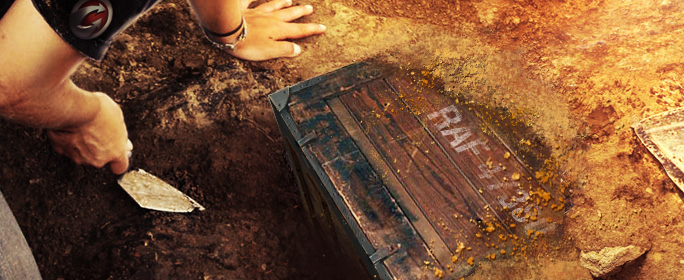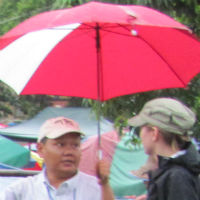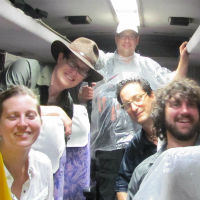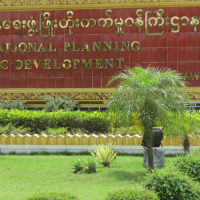-
![LANG-CODE-KEY]() LANG_NAME_KEY
LANG_NAME_KEY

“East is East and West is West and never the twain shall meet,” Kipling penned in his Barrack Room Ballads. He was lamenting the gulf of understanding between the British and the Indians on the subcontinent. In the case of Myanmar, the divide is not so wide as Kipling’s somewhat jaundiced quip might suggest – but we impatient Westerners, eager to work in our accustomed fashion, soon discovered the Burmese have their own ways of thinking and doing things. When we returned from Naypyidaw, we were confident things would finally move forward. Instead, they moved backwards. On June 15th, after a week of anxious waiting, we learned that our case had been transferred to a committee composed of seven different Ministries who would review the applications and decide whether, with whom, and how to proceed. Now we now had to convince the Minister of Industry, the Minister of Planning, the Minister of Transportation (which encompasses Civil Aviation), the Minister of Foreign Affairs, the Military, and other government departments that we should be awarded the contract. And if the committee did award us the contract, it would then have to be reviewed by the Attorney General and finally approved by the President’s office. Clearly, this was going to be a lot harder than we’d thought.
In addition to the bureaucratic hurdles, we discovered that several other groups – not only the other two British applicants – were lobbying the government for permission to recover the planes. These included two Singapore groups, an Israeli team, a Japanese group, and an Indian consortium. We needed help. Over the next few days, we secured letters of support from Leeds University, the Sunday Telegraph, and the British Spitfire Association. We even got a letter of support from the Smithsonian Institution in the United States. True, it is not a British Institution, but the museum’s namesake, James Smithson, was a Brit – so we decided to include it. We engaged a London-based law firm to establish David’s precedence and to fend off rivals. We again appealed to 10 Downing Street. On June 18th, on our second trip to Naypyidaw, we sent up another letter to the Office of the President requesting a meeting. We pressed our suits and waited. And we waited some more. The phone didn’t ring. That afternoon it began to rain. Not a spring shower, delicately pattering on the roof and window panes, but a full force torrential downpour that continued for hours. The monsoons had finally arrived.
 |
 |
 |
The rains came back the next day. And the next. Now it rains like clockwork every day in the afternoon, drenching anyone caught outside, rain gear or no. The ground will soon be saturated, making it impossible to dig – even with sump pumps and shoring. The water table is only a few feet down at our proposed excavation site. Dig a hole more than a few feet and it will instantly fill with water. We need to dig a trench up to 40 feet deep, so we’ve given up hope of digging this summer. It’s disappointing, but there it is. The rains have beaten us for now. Will our rivals? We returned to Yangon to wait for the gears of government to grind forward.